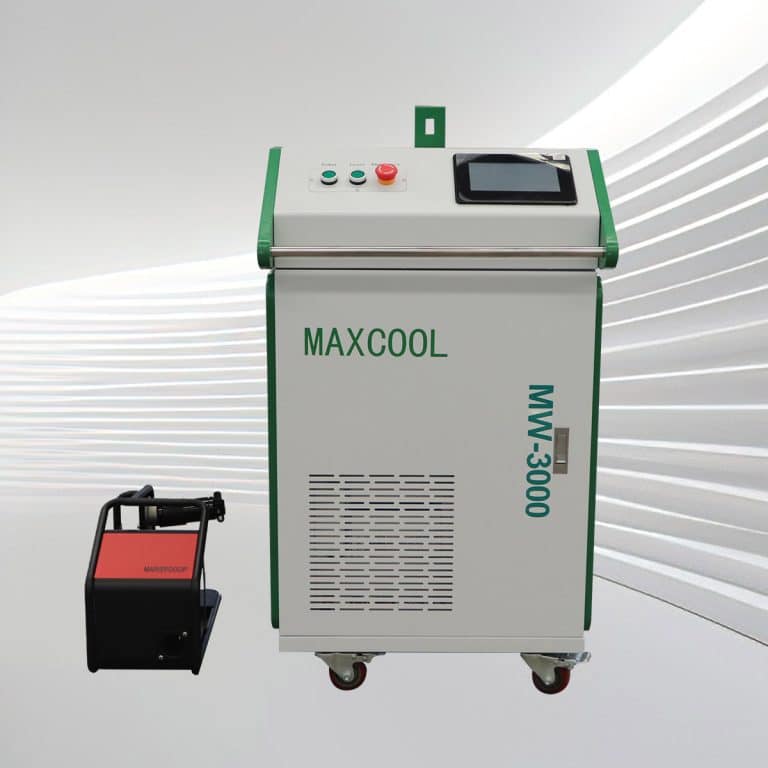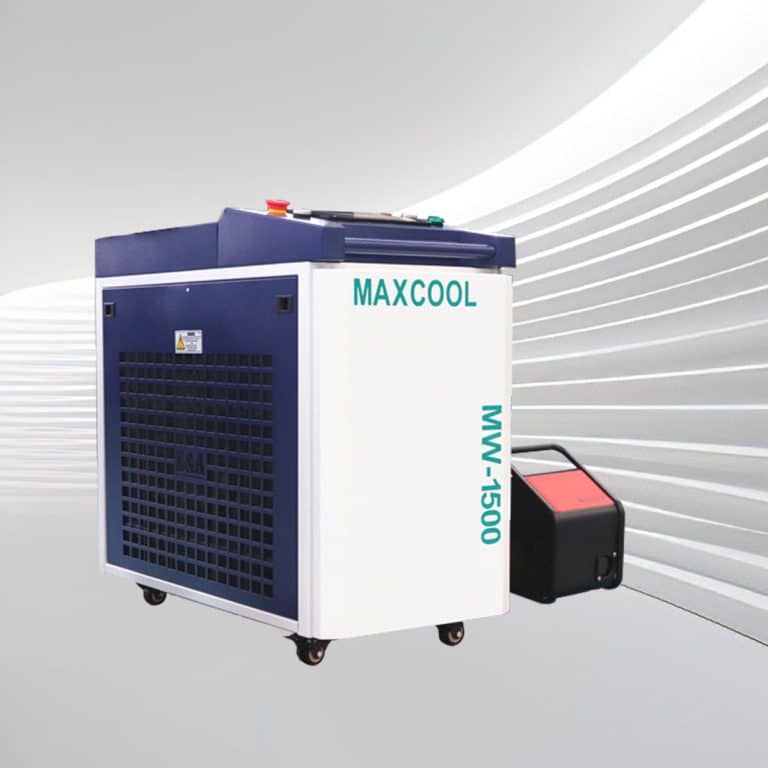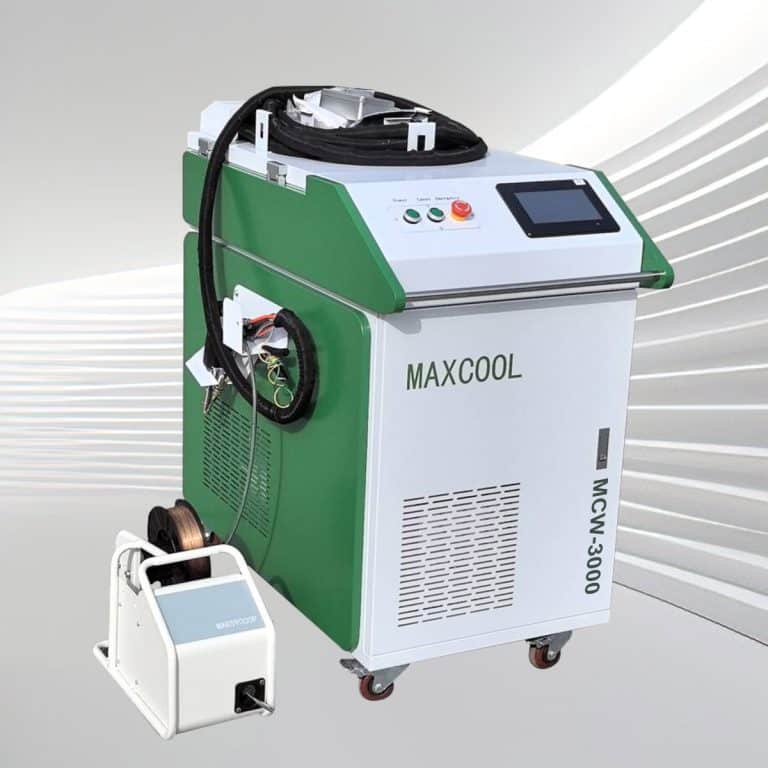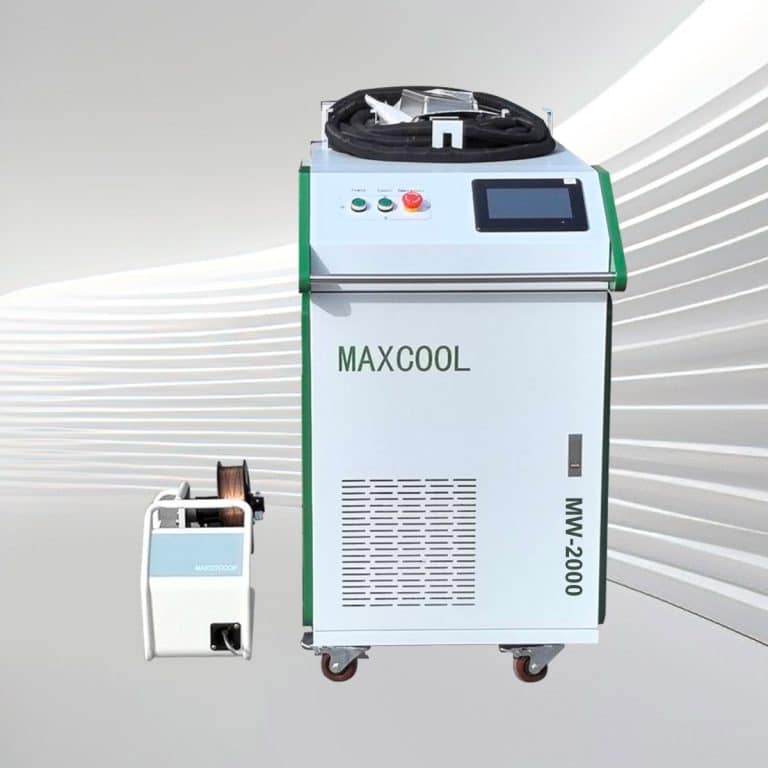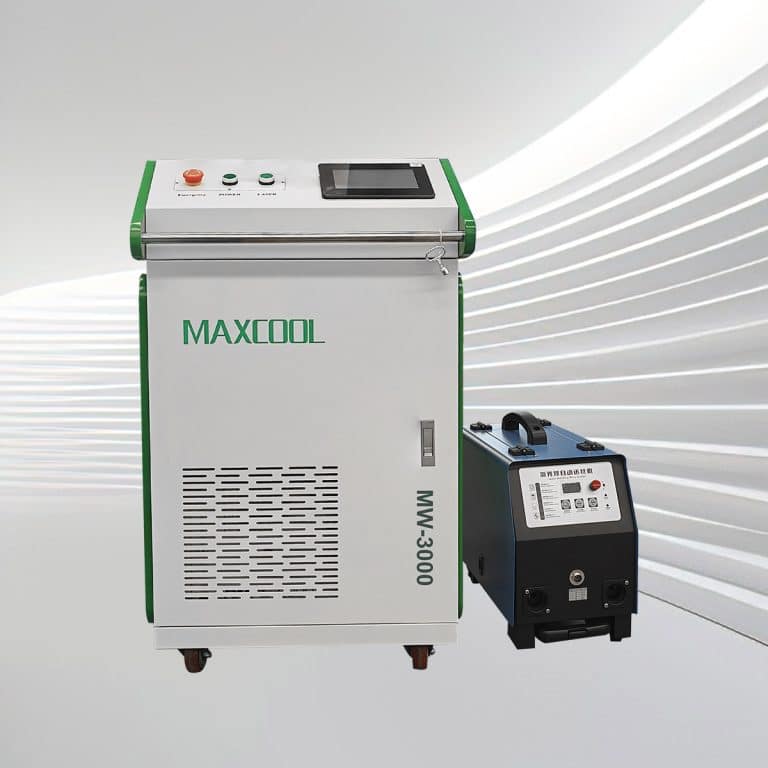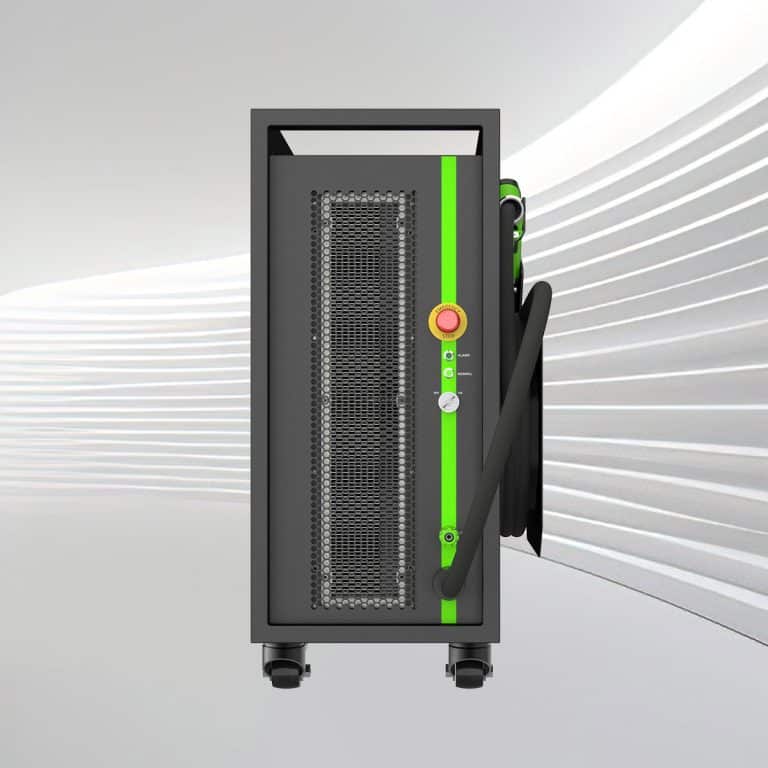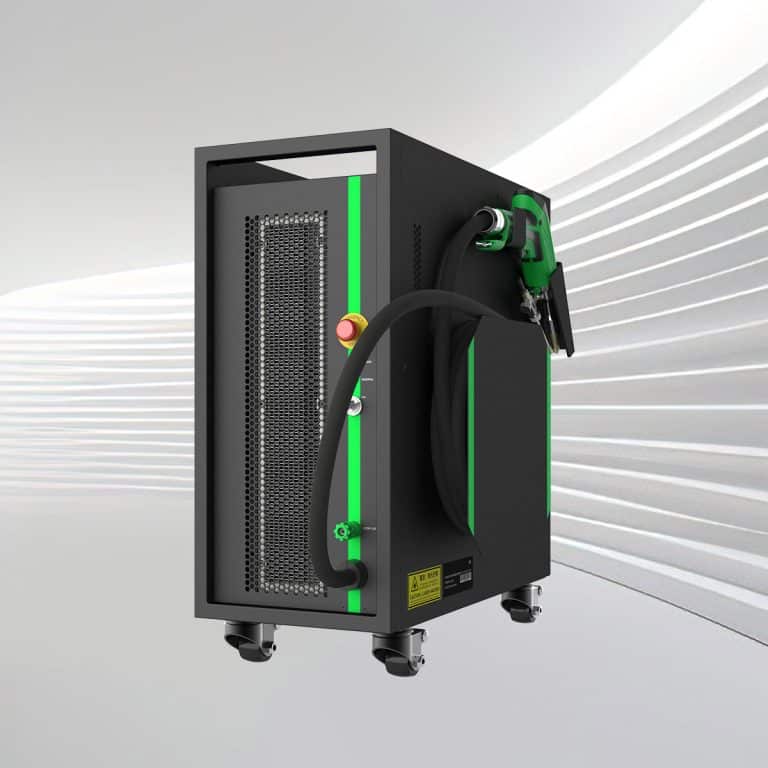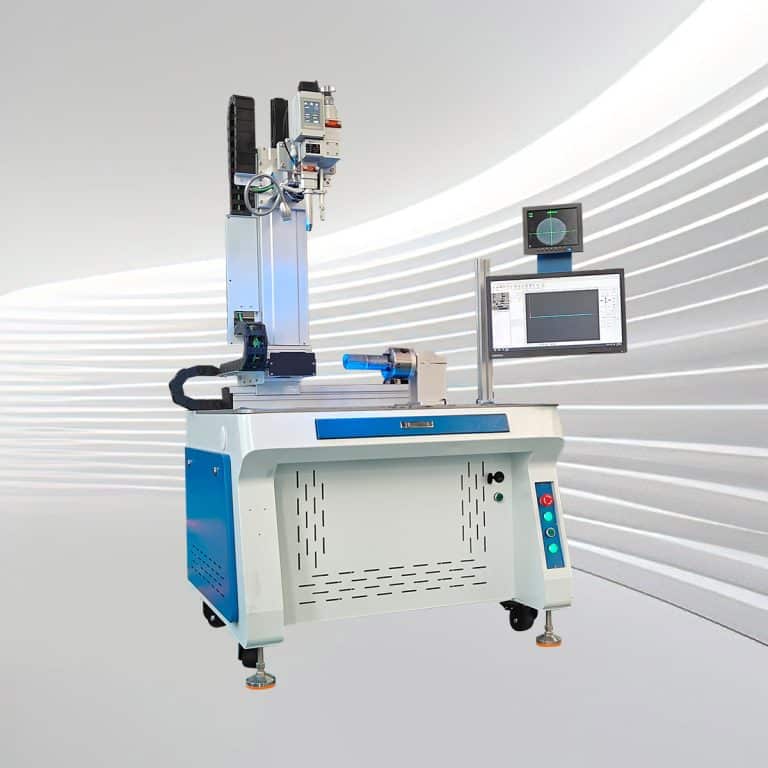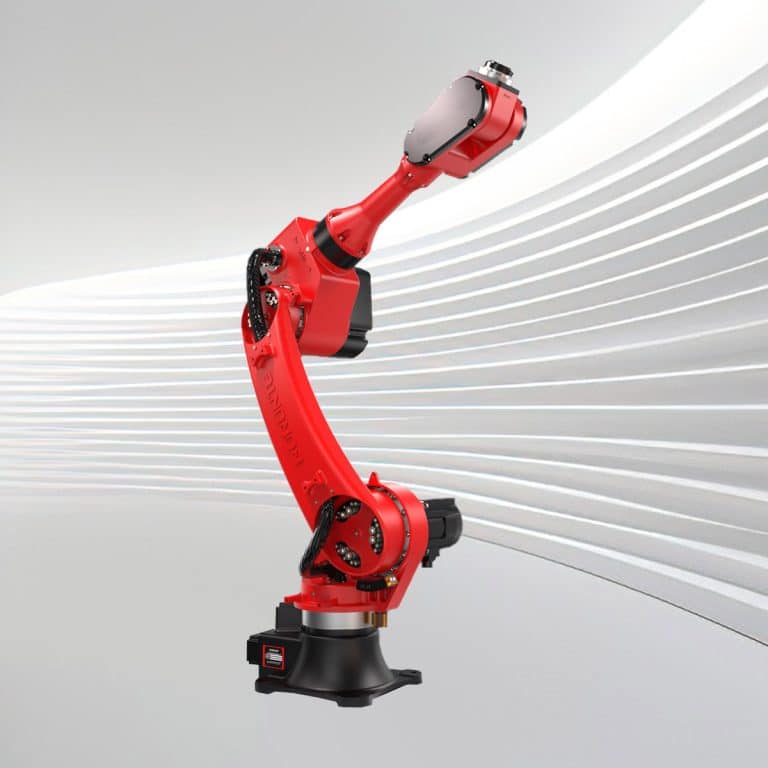Introduction
Available Models
Application
The zinc-coated steel laser welding machine is specifically designed to handle the challenges of welding galvanized or zinc-coated steel, providing precise, durable welds while minimizing the risk of coating damage. Key applications include:
- Automotive Industry: Ideal for welding zinc-coated steel parts in vehicle body panels, chassis, and structural components, offering corrosion resistance and strength for long-lasting performance.
- Construction & Infrastructure: Used for welding galvanized steel in the construction of buildings, bridges, and steel structures, ensuring strong, durable joints that withstand harsh environments.
- Sheet Metal Fabrication: Perfect for joining zinc-coated steel in the production of appliances, HVAC systems, and metal furniture, providing clean, efficient welds with minimal distortion.
- Agricultural Equipment: Employed in welding parts of agricultural machinery, where corrosion resistance and high-strength welds are critical for tough working conditions.
- Energy & Power: Used for welding galvanized steel components in power plants and renewable energy equipment, ensuring reliability and long-term durability.
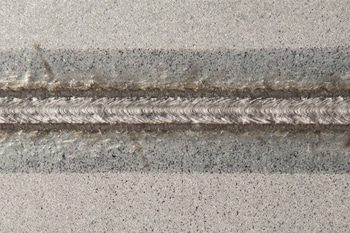
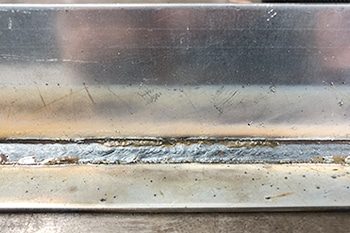
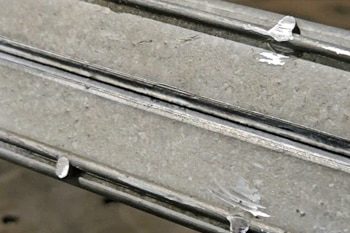
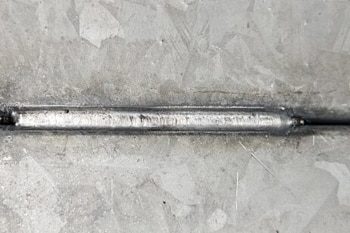
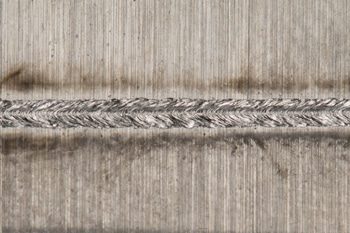
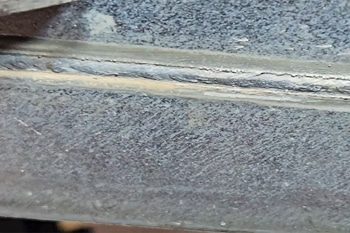
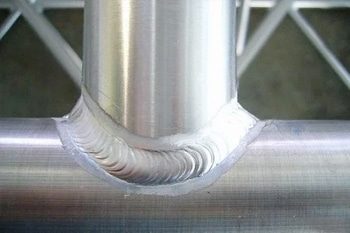
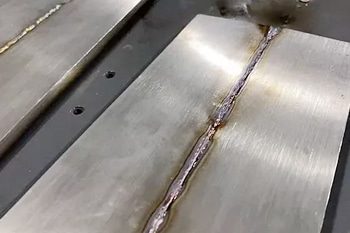
Welding Capabilities of Different Metals
| Material | 1000W | 1500W | 2000W | 3000W |
| Carbon Steel | 0.5-2mm | 0.5-3mm | 0.5-4mm | 0.5-5mm |
| Stainless Steel | 0.5-2mm | 0.5-3mm | 0.5-4mm | 0.5-5mm |
| Brass | 0.5-1mm | 0.5-1.5mm | 0.5-2mm | 0.5-3mm |
| 1-3 Series Aluminum Alloys | 0.5-1mm | 0.5-1.5mm | 0.5-2mm | 0.5-3mm |
| 4-7 Series Aluminum Alloys | 0.5-1mm | 0.5-1.5mm | 0.5-2mm | 0.5-3mm |
| Copper | / | 0.5mm | 0.5-1mm | 0.5-1.5mm |
- In the welding data, the core diameter of the laser output fiber is 50 microns.
- The welding data adopts a Raytools welding head (swing welding head is used for copper welding), and the optical ratio is 100/200 (collimator/focus lens focal length).
- Welding shielding gas: Argon (purity 99.99%).
- Due to the differences in equipment configuration and welding process used by different customers, this data is for reference only.
Why Choose Us
Cutting-Edge Technology
Maxcool CNC is committed to integrating the latest technological advancements into our machines. Our laser welding machines feature precise control, high efficiency, and superior performance, ensuring optimal welding results for various industrial applications.
Reliable and Durable Equipment
Our machines are built to last, with robust construction and high-quality components that guarantee long-term reliability and minimal maintenance. You can trust Maxcool CNC to provide equipment that withstands even the toughest environments.
Comprehensive Support
From pre-sales consultation to after-sales technical assistance, we are with you every step of the way. Our dedicated support team ensures you have all the information and help you need to maximize the value of your investment.
Sustainability and Efficiency
Maxcool CNC’s laser welding machines are designed with energy efficiency in mind, reducing power consumption without compromising performance. This not only lowers operational costs but also contributes to a more sustainable future.
Customer Reviews
Frequently Asked Questions
What is a Zinc-Coated Steel Laser Welding Machine?
What is the Primary Benefit of Using Laser Welding for Zinc-Coated Steel?
What Shielding Gas is Used for Welding Zinc-Coated Steel?
How Does the Zinc Coating Affect the Laser Welding Process?
What Are the Common Issues When Welding Zinc-Coated Steel with a Laser?
Can Laser Welding be Automated for Zinc-Coated Steel?
Related Resources
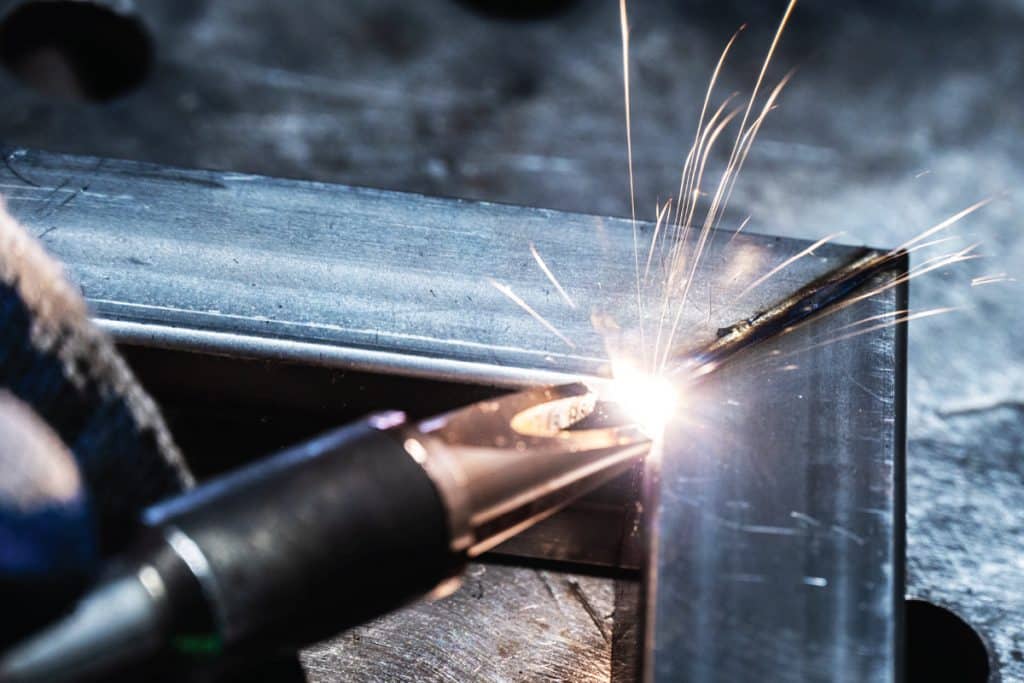
Laser Welding Copper Guide
A comprehensive guide explaining the principles, challenges, technologies, and best practices of laser welding copper, including process optimization and industrial applications.
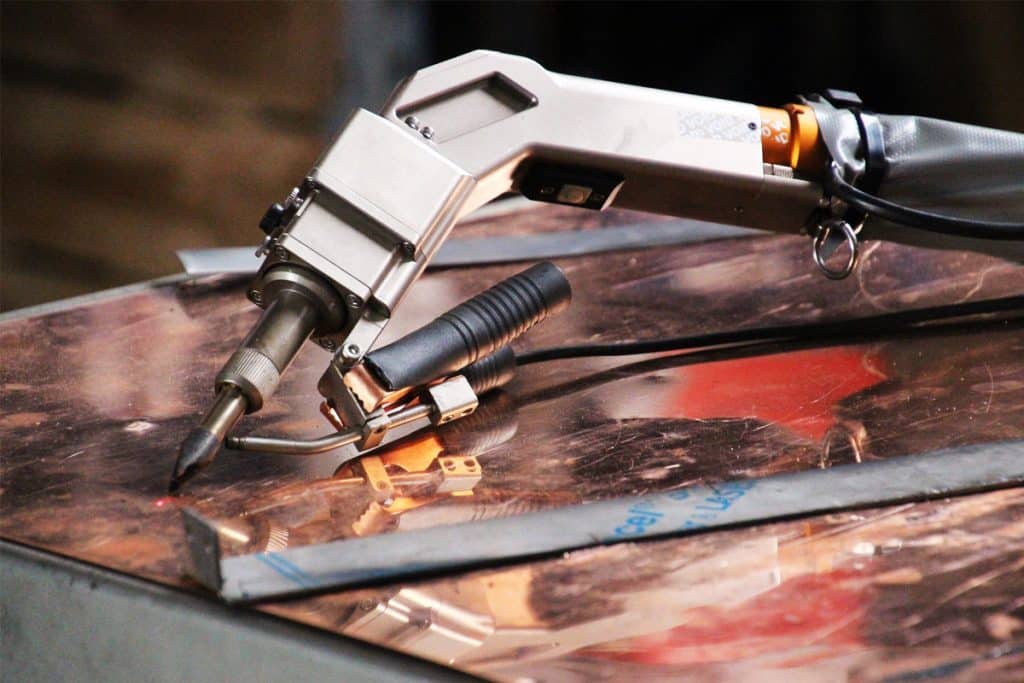
How Hot Is Laser Welding?
Laser welding creates extreme localized heat, from melting to near-boiling. This article details temperature zones, process factors, and material responses.
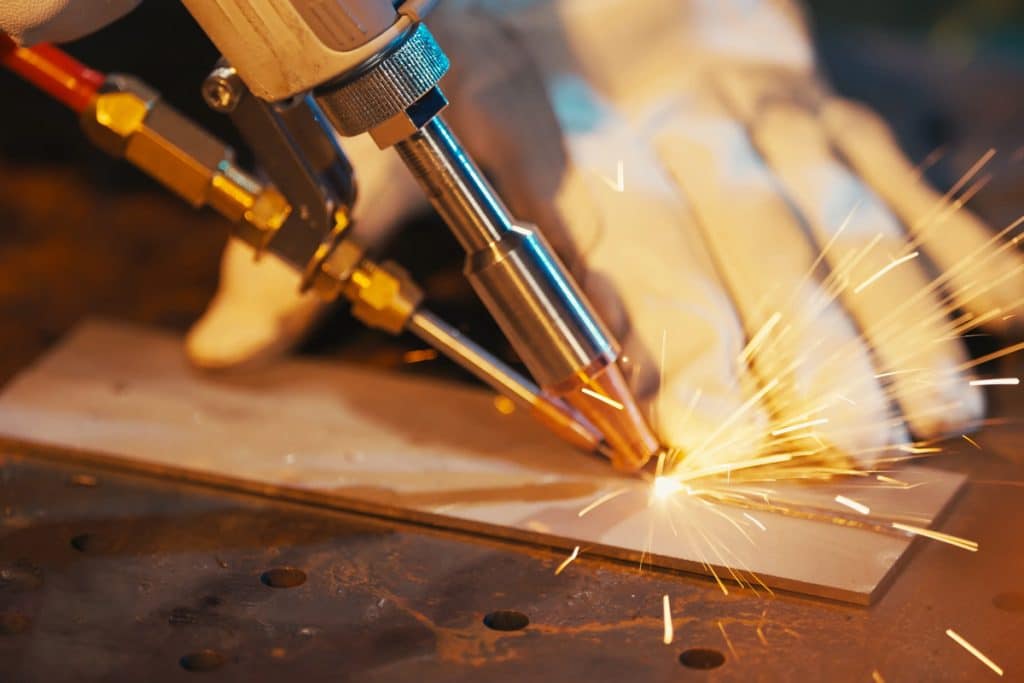
Continuous Wave VS Pulsed Laser Welding
This comprehensive article on continuous wave vs. pulsed laser welding explains the operating principles, differences, advantages, limitations, and application guidelines.

